Inside the North Carolina Museum of History, the preserved J.C. Brantley Pharmacy offers an immersive look back in time — and inspires reflections on today.
by Hampton Williams Hoffer | photography by Justin Kase Conder
Imagine offering a cigarette to someone in the middle of an asthma attack: Here, while you’re wheezing, light one up. Silly by today’s standards, but sensible a century ago: a 1920s-era box of Dr. R. Schiffmann’s Asthmador Cigarettes directs one to “expel the air from the lungs, then fill the mouth with smoke and take a deep breath… hold for a few seconds, then exhale.” In a modern world where parents warn their middle schoolers about vaping — and particularly these days, when we’re wearing face coverings to prevent the spread of respiratory illness — asthma cigarettes exemplify just how much medicine has evolved.
And if you don’t believe they were real, full of ingredients like stramonium leaves and belladonna, you can head down to Edenton Street and check out the green cardboard packaging for yourself. Walk through the main doors of the North Carolina Museum of History, grab a pump of sanitizer, and head left up the stairs to the third floor. By the time your hands are dry, you will have traveled back in time 100 years.
It’s there that you’ll find an entire 1920s pharmacy, preserved from the marble soda fountain to the mahogany display cabinets, all original features from J.C. Brantley Pharmacy, formerly at 709 Hillsborough Street. The drugstore is so much more than a basic museum exhibit. Not to knock glass cases and wall plaques, but this is something different: here, you step through the doors, look up at the light fixtures, walk in, spin around, peek over the soda fountain at the old ice cream case — the exhibit surrounds you. You can almost taste the root beer floats.
Under a sign for five-cent Pepsi-Cola (“refreshing and healthful,” it reads) sits a candy display with licorice gumdrops and Swinson’s peppermints. It’s where our grandparents would have gone for Vick’s rub and Nyal’s hair tonic. “It’s like walking into the past,” says Diana Bell-Kite, the museum’s curator of cultural history, “and the more you look, the more you see.”
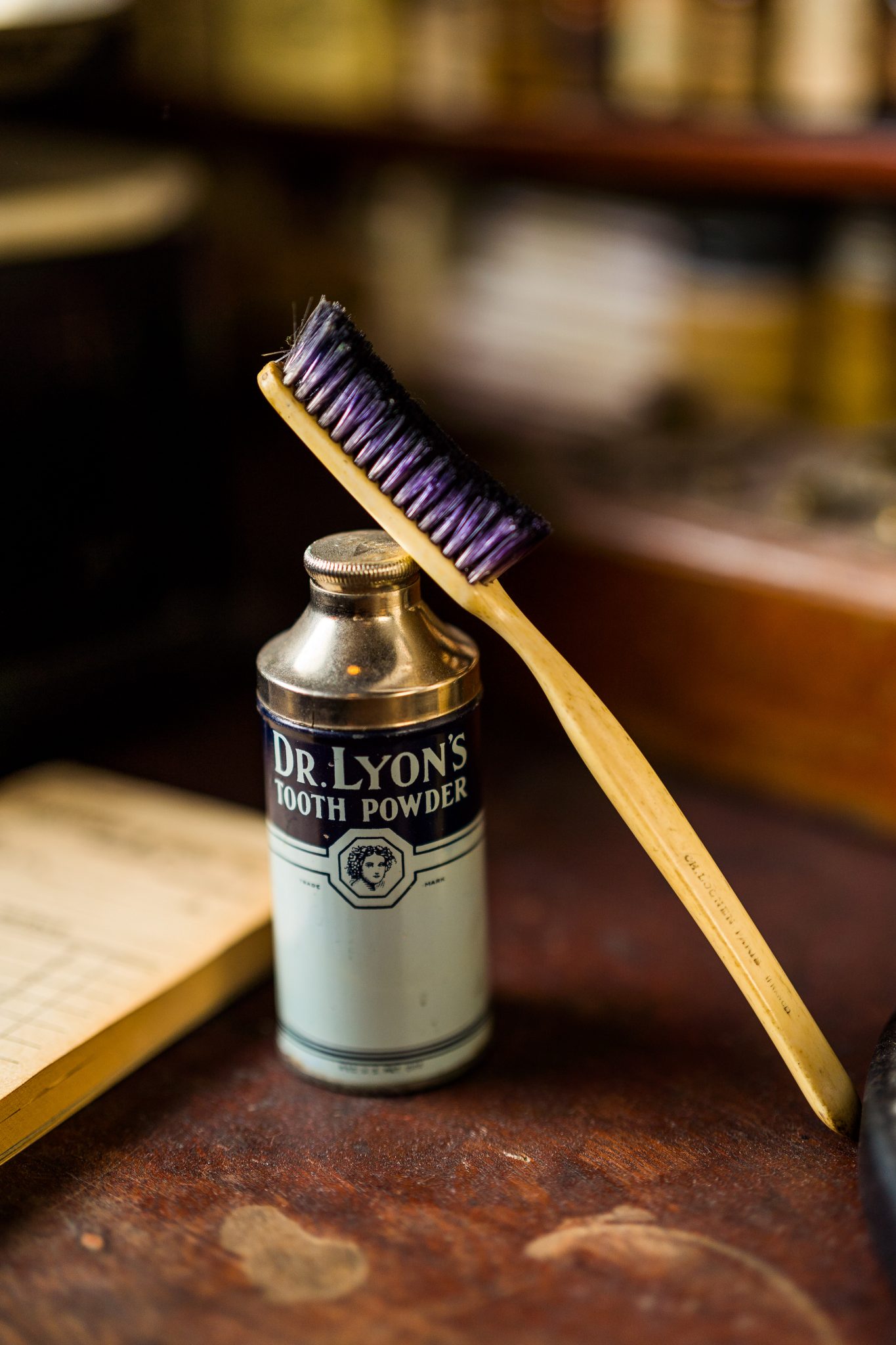
To relocate an entire drugstore to the museum was no small feat. The efforts began 40 years ago, when a group of retired pharmacists started working with the NCMH to collect all manner of pharmaceutical artifacts from the 1920s in North Carolina. Then, in 1991, when John Brantley donated the entirety of the J.C. Brantley Pharmacy to the museum, staffers got to work cataloging and packing thousands of items from the store. “We wanted to create an immersive experience for the visitor,” says John Campbell, NCMH collections manager. The artifacts filled two transfer trucks — and then came the real work of cleaning and reassembling the wooden cabinetry and marble soda fountain. Conservators had to work with state agencies to properly dispose of dangerous narcotics still in some of the old bottles.
The refurbished pharmacy first opened in 1998 as part of the NC Health and Healing Exhibit. “I understand why it is one of our most popular spaces,” says Campbell, “because I still see items in the space that I have not appreciated before.”
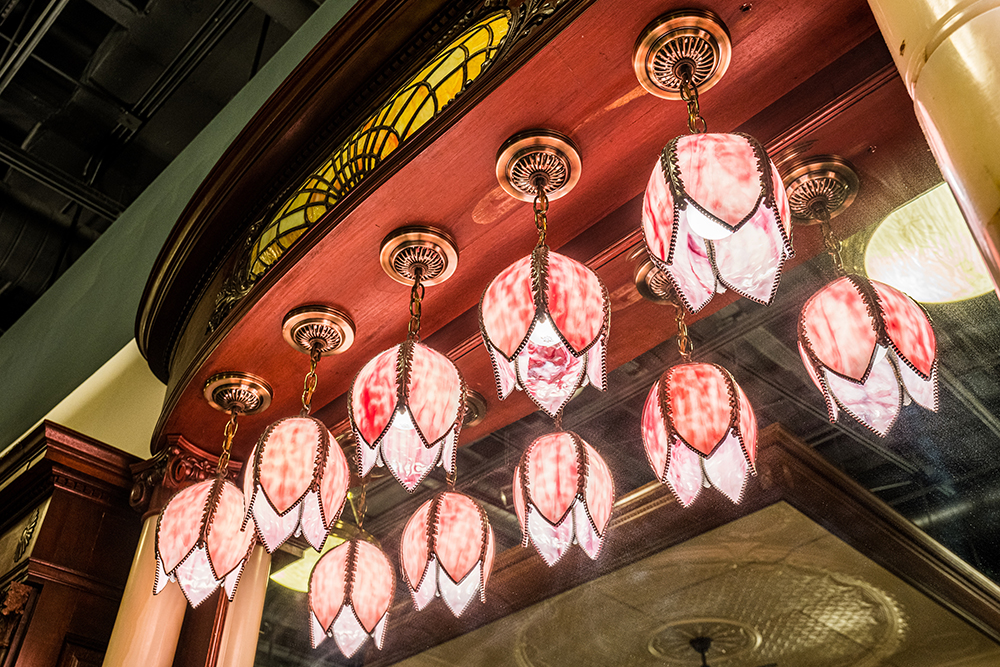
Beyond being immersive in-person, the drugstore is now the first exhibit at the NCMH to be available online as a virtual tour. The museum contracted with a company to bring in the cameras and technology needed to scan the space in 360 degrees. With this special imaging, web visitors from all over the world can now move around, and even go further than in-person visitors by “stepping” behind the soda counter or into the pharmacist’s office. You can roam, zoom, read labels on bottles of medicinal oils, and click on white dots that offer more details and links.
“It is really exciting for us to have the digital tour,” says Bell-Kite. “As a museum, we hope to continue in a post-COVID world with programming developed in response to the pandemic, meaning more online in general, allowing people to virtually experience as much as those who can walk through.”
Part of the NCMH’s mission is to explore how the past influences the present, and you can see that influence in the products for sale here, which aren’t so different from the things we’d grab today at Walgreens: toothbrushes (only here, the bristles are made of horsehair), rubs for muscle aches (here, it’s Sloan’s Liniment, which was also used on farm animals), and children’s toys (here, it’s a Schoenhut all-wood train).
One big difference: we don’t go to Walgreens to hang out. A century ago, these drugstores were social epicenters. Home refrigeration wasn’t exactly widespread, so you’d grab a cold soda and catch up with friends while the pharmacist was in the back, grinding medicine with mortar and pestle. With hospitals few and far between, a drugstore was as close as many North Carolinians came to a health care institution.
Another big difference: this soda counter would have been racially segregated in the 1920s. Black customers could have purchased products from the display cases, but they could not have sat down at a place like this.
Just as the 100-year-old labels offer a lens into what has and hasn’t changed in medicine, getting fully immersed in the pharmacy — in-person or online — offers a chance to reflect on the evolution of our social dynamics. In a society still grappling with its messy racial history, the past offers an opportunity to reflect on the present.
And that’s what the NCMH does for us: hidden among the relics from the 14,000 years that humans have inhabited our state, we find clues as to how we’ve evolved — and how much further we have to go.

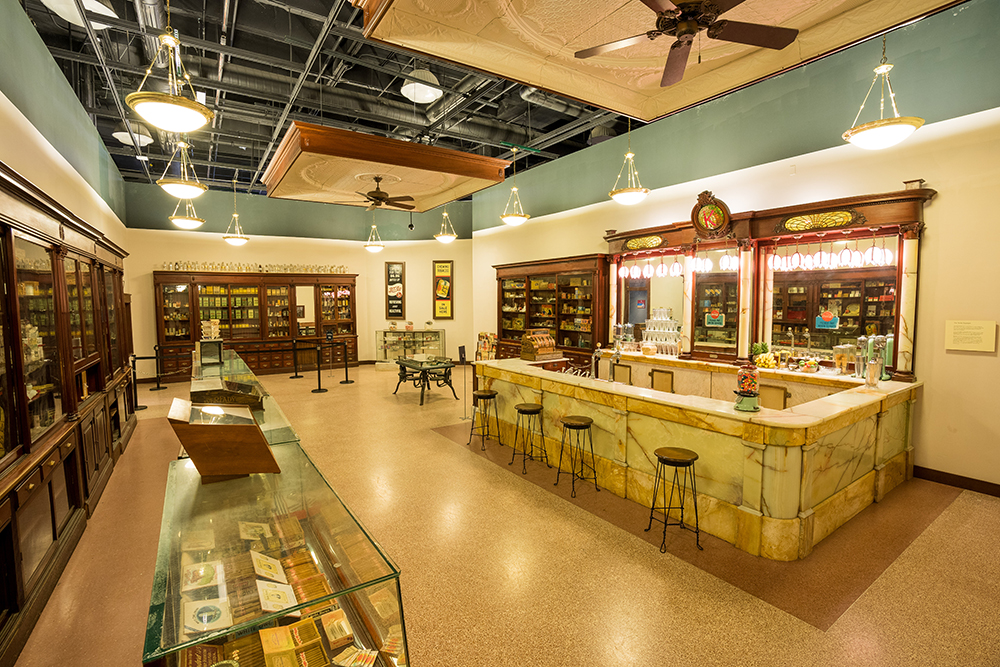
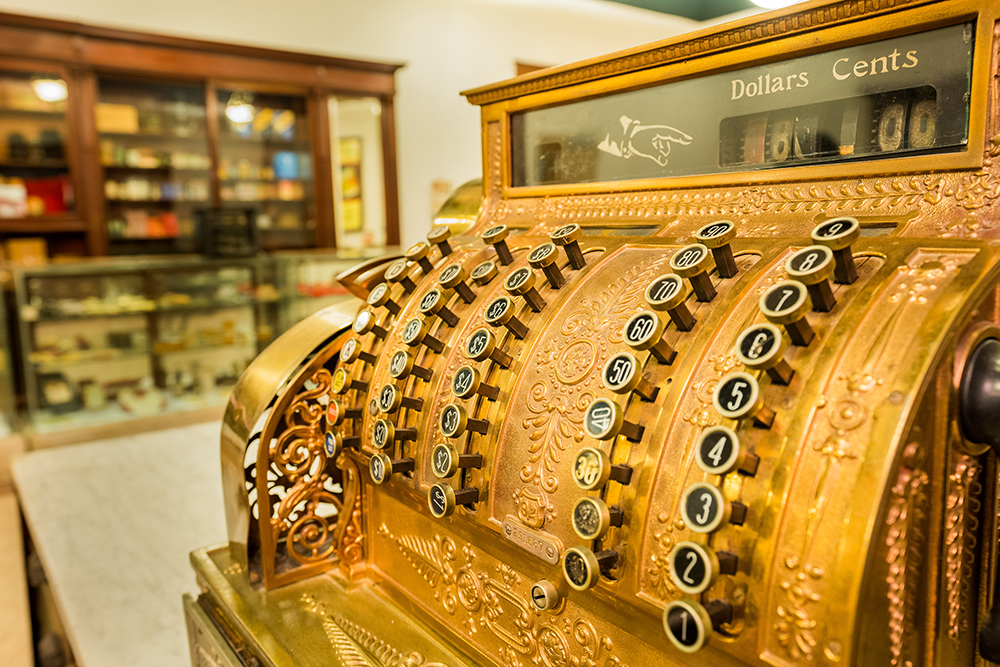


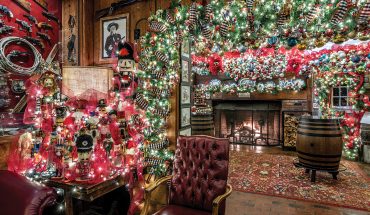
Pingback: 20+ Things to do in April in and around Raleigh - WALTER Magazine